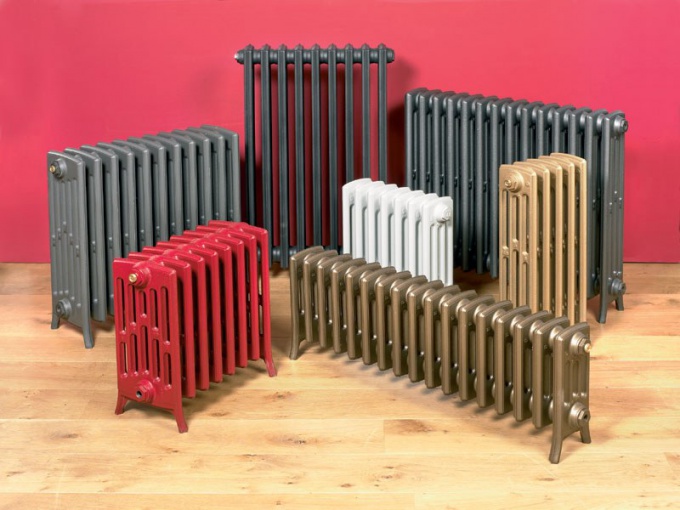Consumers often argue among themselves what are the battery better, and each shows benefits of those radiators that are installed in it. It is clear that this opinion is highly subjective.
To get a quality heating helps the right decision on choosing radiators, adopted at the stage of preparation for their purchase, when there is a comparison.
If you just buy any radiator that suits appearance is extremely ill-conceived, as completely identical external specifications may vary in thermal performance, power and efficiency.
Always helps to know that the majority of radiators are parameters that depend directly on the material from which they are executed, and the internal capacitance of the design, method of installation and connection.
Therefore, before purchasing radiators for the heating system in advance to arm some knowledge.
Quality radiators are highly efficient and, of course, a good build. Has averaged calculations of professionals, which will help you to choose the correct battery type.
Each of the ongoing trade types of radiators have their own characteristics, which are also taken into account during operation.
Cast iron sectional design provide excellent heat, but the lack of them is a complex service, the need for periodic painting.
Sectional radiators, which are made of aluminum, devoid of these shortcomings cast-iron counterparts. They are more aesthetic and easy. However, such products have low resistance to impurities, which can sometimes be present in the composition of the coolant when it is served by a centralized system.
Steel products have a high heat transfer coefficient, a good area of the heated surface.
A completely new type radiators are considered bimetal heating design. Inside the model is a steel or copper pipe, which can easily withstand various changes in pressure that are considered uncommon within the centralized systems of heating.
To get a quality heating helps the right decision on choosing radiators, adopted at the stage of preparation for their purchase, when there is a comparison.
Going to the store for the equipment you already have to know exactly what models you need.
If you just buy any radiator that suits appearance is extremely ill-conceived, as completely identical external specifications may vary in thermal performance, power and efficiency.
The definition of the parameters
Always helps to know that the majority of radiators are parameters that depend directly on the material from which they are executed, and the internal capacitance of the design, method of installation and connection.
Therefore, before purchasing radiators for the heating system in advance to arm some knowledge.
Quality radiators are highly efficient and, of course, a good build. Has averaged calculations of professionals, which will help you to choose the correct battery type.
Important: per cubic meter space heating consumes about a hundred watts of thermal power.
Each of the ongoing trade types of radiators have their own characteristics, which are also taken into account during operation.
The choice of material of construction
Cast iron sectional design provide excellent heat, but the lack of them is a complex service, the need for periodic painting.
Sectional radiators, which are made of aluminum, devoid of these shortcomings cast-iron counterparts. They are more aesthetic and easy. However, such products have low resistance to impurities, which can sometimes be present in the composition of the coolant when it is served by a centralized system.
Steel products have a high heat transfer coefficient, a good area of the heated surface.
A completely new type radiators are considered bimetal heating design. Inside the model is a steel or copper pipe, which can easily withstand various changes in pressure that are considered uncommon within the centralized systems of heating.
